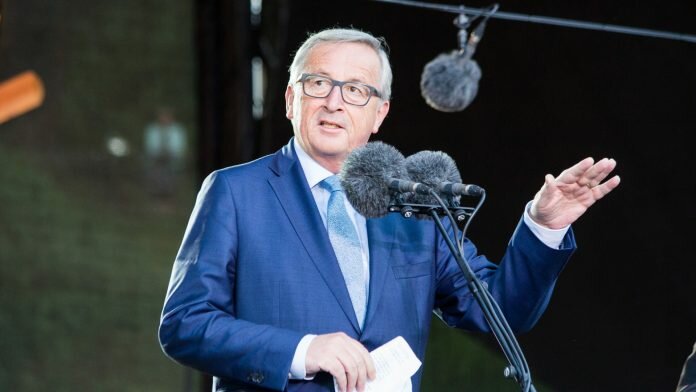
Today, (2 May) the European Commission has proposed a pragmatic, long-term, modern EU budget for the 2021-2027 period.
Today’s proposal responds to the twin challenges of providing security and stability in an unstable Europe, by cutting expenditure in certain areas and providing fresh resources in equal measure in other key priority sectors. Today’s modern EU budget proposal is therefore seen as both focused and realistic by the commission.
The commission’s proposal aligns the union’s budget to political priorities as reflected in the agenda set out by President Jean-Claude Juncker in his State of the Union address on 14 September 2016. In a statement, the commission explained: ‘By focusing on the areas where the union is best placed to deliver, it is a budget for a Europe that protects, empowers and defends.’
European Commission President Jean-Claude Juncker welcomed the announcement of the new budget’s priorities, saying: “The new budget is an opportunity to shape our future as a new, ambitious union of 27 bound together by solidarity. With today’s proposal we have put forward a pragmatic plan for how to do more with less. … We will ensure sound financial management through the first ever rule of law mechanism. This is what it means to act responsibly with our taxpayers’ money.”
What are the areas of focus for the budget?
Overall, the commission proposes a long-term budget of €1.135bn in commitments over the period from 2021 to 2027, equivalent to 1.11% of the EU27’s gross national income (GNI). This level of commitments translates into €1.105bn (or 1.08% of GNI) in payments. This includes the integration into the EU budget of the European Development Fund – the EU’s main tool for financing development cooperation with countries in:
- Africa;
- the Caribbean; and
- Pacific.
A simple and modern EU budget
The EU concedes that the budget is modest in comparison with the size of the European economy and national budgets, yet it aims to make a real difference to the lives of citizens and businesses. Examples include additional funding for:
- Cutting-edge research projects that bring together the best researchers from across Europe;
- Large infrastructures or projects to succeed the digital transformation; and
- Equipping the EU with the tools it needs to protect and defend its citizens.
The EU considers these areas indispensable in a fast-changing world, in which Europe is faced with demographic challenges, instability in its neighbourhood and many more pressing issues that transcend national borders.



















